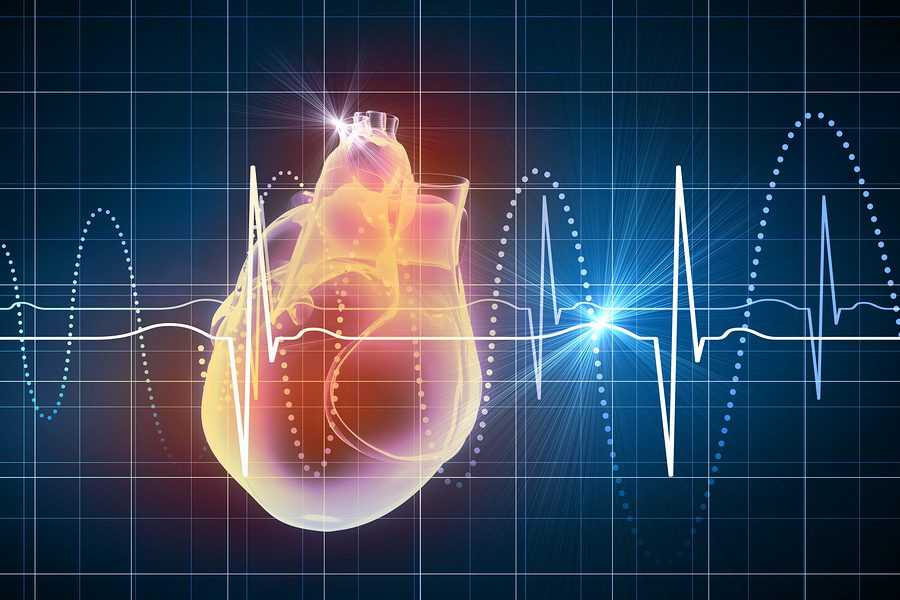The word angioplasty is the combination of two Greek words angion meaning vessel or cavity and plastron meaning form or mould. And this name predicts its function as it is used to mould or correct the small cavities carrying blood (arteries or veins). Angioplasty is also termed as balloon angioplasty and percutaneous transluminal angioplasty (PTA). It is less invasive surgical procedure so it is associated with less blood loss and early recovery as compared to open heart surgery. Only trust an experienced cardiologist like Dr. Junaid Zaffar and Dr. Gohar Saeed to carry out this sensitive procedure to obtain optimal results.
How It Works?
In this surgical procedure, a deflated balloon is attached to a catheter which is termed as the balloon catheter. This balloon catheter is passed over a guide-wire into the narrowed or blocked blood vessel. When it reaches the target blocked site it is inflated to a certain required limit. The inflated balloon forces the blockage of the vessel and cause expansion of the blood vessel and muscular wall around the vessel. This expansion allows the improved blood flow. In some cases, a stent is also inserted at the time of balloon inflation to keep the blood vessel remains open after the procedure. When the process is complete the balloon is then deflated and withdrawn from the vessel carefully. Dr. Nouman Zahoor Ahmed is an expert of this procedure having 15 years of experience.
How It Helps To Cure?
Angioplasty is the really beneficent technique to treat many blood flow disorders. It mainly used to get rid of the blockage of the blood vessel to keep the blood flow smooth and unrestricted. There are different types of it which work differently for this purpose to increase the healthy lifespan of the person
Coronary Angioplasty
In this type of angioplasty blood vessels of the heart are treated to remove a blockage and keep the blood flow towards heart smooth. This angioplasty greatly reduces the chest pain and chance of myocardial infarction.
Peripheral Angioplasty
This type of angioplasty is based on the use of a balloon to open a blood vessel outside the heart. It is mostly used to treat narrow or blocked blood vessels of the abdomen, leg and renal area. It helps to maintain regular blood flow in that area and save from paralysis, renal failure and abdominal complications.
Also Read: Feeling Pain In Heart, Should I See a Cardiologist?
Carotid Angioplasty
If the blockage is present in the carotid arteries then this angioplasty is the best helper. This allows the smooth blood flow towards eyes, brain, and spinal area. This greatly reduces the risk of strokes.
Renal Artery Angioplasty
Atherosclerotic obstruction of the arteries of the kidney can be treated with this angioplasty. This keeps the smooth blood flow towards the kidney and saves from the renal complications and failure.
Venous Angioplasty
If arteries provide the smooth flow but the blockage is present in the veins as in case of a blockage in the subclavian vein, venous angioplasty will help in such conditions.
Long Term Benefits
Treating blocked or narrowed arteries with angioplasty and stenting is helpful in the long run to keep the person healthy as it can;
- Reduce heart muscle damage even during a heart attack
- Immediately relieve or at least minimize the symptoms like chest pain, shortness of breath and improve daily routine life
- Reduce the risk of stroke
- Improve kidneys function
- Restore blood flow to the legs to prevent gangrene and paralysis

